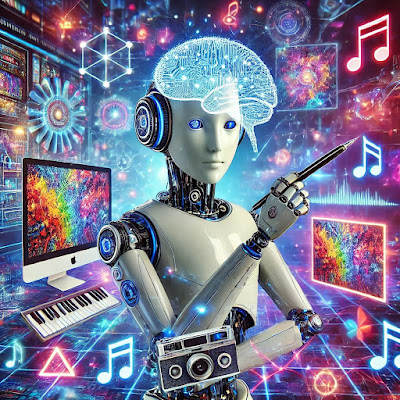Generative AI Goes Multimodal: Beyond Text to Vision, Sound, and Action
Latest Developments
Impact
Industries like healthcare (AI analyzing medical scans), entertainment (auto-generated video content), and customer service (multilingual voice assistants) are adopting these tools. However, deepfake risks loom larger—realistic fake videos or audio could exacerbate misinformation. Governments are racing to draft regulations, such as the EU’s AI Act requiring watermarking for AI-generated content.
Challenges
Ethical concerns include copyright disputes (e.g., AI training on copyrighted art) and job displacement in creative fields. Companies like Adobe are embedding ethics into tools by training models on licensed data. Meanwhile, open-source communities are democratizing access, raising questions about oversight.
Future Outlook
Expect AI to become a collaborative partner in creative workflows. Microsoft’s Copilot already integrates multimodal AI into Office apps. The next frontier is “embodied AI,” where systems interact with physical environments, such as robotics.

